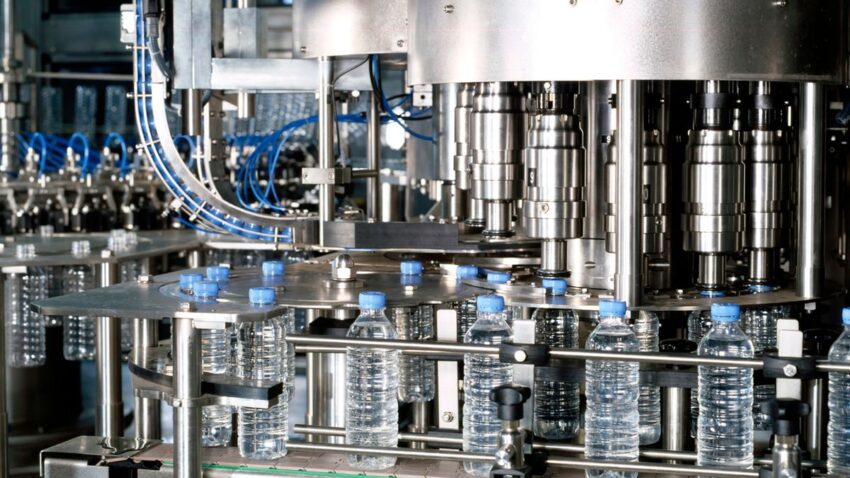
The pneumatic flow control valves are the devices that helps you to convert an amperage indication into corresponding mechanical signal. This signal is further utilised to operate a machinery accordingly. The reason why these valves are employed is their swift response to the commands given to them. Not only this, their installation is also very simple. In the following article, we will be discussing best types of proportional flow control valves used nowadays in manufacturing industries.
Stay connected!
Various Types of Proportional Valves:
Following are the different types of the electronic flow control valve:
PQ1 (Very Accurate)
The design of this valve is very complex but result-oriented. In the valve, the output pressure is regulated within a loop that is totally closed. This loop is further connected to a couple of more valves through electrical connections. There is an internal pressure that is regulated and judges the output flow control by maintaining the input signal. A minute variation in the signal may cause actuation in the valve unless or until the desired pressure is obtained for smooth functioning of the unit.
PQ2 (Superimposed Feedback)
In this specific kind of air flow control valve, the programmer has to initiate the internal sensor signal. On the basis of the signal given, the output signal is processed for the functioning. For a better precision to be made, the input signal is compared with it and then like an average with that of the internal pressure signal. This particular variation in these couple of comparisons makes it possible to control one of the two valves, thereby increasing or decreasing the pressure.
PQ3 (Accurate With Larger Flow)
In this valve too, a couple of miniature valves are connected so as to regulate the flow of the pressure in the system. Moreover, a higher flow can also be attained by utilising this specific electric flow control valves. But to make it happen in real means, you need to control the valve booster that is built in it. And to check the accuracy in maintenance, the overall pressure of the outlet booster is measured.
PRE (Piezo Control Valve)
This proportional flow control valve operates on the standard principle of nozzle flapper. It is basically employed to make sure the highest flow processes. The highest liquid flow frequency that can be achieved is 43 Hz, meaning that pressure can be changed at 43 different levels. To Protect these valves, shielded cables are used. The best advantage of the device is that it does not get heated on its own. Even if there is any pressure failure in the system, the valve has in-built fan that keeps it cool enough to carry on the smooth working.
PHP (Highest Accuracy In Flow)
The working mechanism of the valve is just like that of the PQ1 proportional flow control valve. But if the value of the output pressure is raised enough than the targeted value, the devices automatically tends to maintain the desired pressure. Not only this but the digital flow control that is installed in it provides immediate adjustment of controlling entities while installing the valve. Apart from this all, there is no internal air consumption in it.
Tech World Times (TWT), a global collective focusing on the latest tech news and trends in blockchain, Fintech, Development & Testing, AI and Startups. If you are looking for the guest post then contact at techworldtimes@gmail.com

